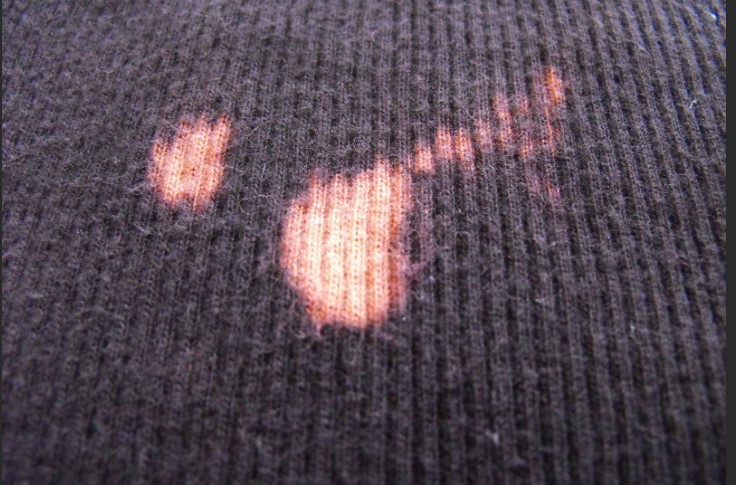In this article I’ll explain how to remove bleach stains from your clothes using common household items. These items may include Tequila, Baking soda, Dish soap, and fabric dye. Use one of these methods on the garment that’s stained with bleach. Be sure to follow the instructions on the label on the product. If the product you’re trying to remove stains from doesn’t work, try a vinegar or a diluted white vinegar solution.
It’s easy to be forgetful when it comes to your laundry. After all, you probably have plenty to keep track of: work uniforms, a weekend trip away, and all your other fashion accessories. If you do wait a little too long and end up with stains on your clothes, don’t panic. Consult our guide on how to remove bleach stains from clothes, and we’ll have them looking as good as new before you can say ‘get out the stain remover!’

Baking soda
One of the most common stains to be removed with household products is bleach. While it won’t completely remove bleach stains, baking soda will keep them from getting worse by neutralizing the stain’s pH levels. Baking soda also neutralizes bleach, preventing it from mixing with other products to produce unwanted effects. If you’d like a more effective solution to remove stains, consider hydrogen peroxide or sodium thiosulfate, which are more readily available.
Tequila
Whether you’ve spilled beer or tequila on your shirt or carpet, you’ve probably wondered how to remove these stains. Luckily, there are a few different ways to remove these stains. Before starting, make sure the stain is clear. Darker alcohols can be more difficult to remove because they require pretreatment. Pretreatment involves using a solution made from water and dishwashing liquid and blotting the spot until the stain is gone.
Dish soap
If you’ve ever been in a situation where you’ve accidentally gotten a bleach stain on your dishcloths, you know that you need to do something about it. Although bleach and dish soap should never be combined, there are ways to remove them, including dishwashing soap. The following are three steps to take:
Fabric dye
To remove bleach stains from clothing, you must first understand the chemical reaction of the bleach to the fabric. The chemical reaction occurs when bleach stains are allowed to stay on fabric for a long period of time. The chemical reaction is called a bleach release. The product will remove the stain and loosen the excess dye in the fabric. Afterward, you can wash the stained item and use it as usual.
Fabric marker pen
If your clothes have bleach stains, you can try dye pens or fabric markers to cover them. This method works best on small stains and does not spread the bleach. For larger stains, however, you may have to hire a carpet repair service. If the stain is very large, you can also dye the entire garment. If you are using a permanent fabric marker, be sure to choose a shade that matches the surrounding colors.

Using wax to blend the color
Using wax to blend the color of bleach spills can be an effective remedy for removing a blemish. This type of wax can easily penetrate the fabric fibers and drive out the stain. However, this method is not effective for removing large stains. Instead, the melted wax will drive deep into the fabric. This method should only be used on small bleach stains. Moreover, wax can also cause dye to react with the carpet fibers.
In this post we have provided you with a comprehensive guide on how to remove bleach stains in an efficient, speedy and effective way. While bleach is effective at brightening your clothes and keeping them odorless, it can leave behind unwanted residues which shouldn’t come into contact with your skin. Thankfully, with a bit of trial and error, you shouldn’t have too much trouble finding a method that works for any type of garment that you are struggling to clean. However, it is important to remember that every stain is different and so no two methods will be the same. For example, the same process will not necessarily work for every type of fabric either. The best way to identify the most suitable method would be to assess the affected fabric closely and choose your preferred cleaning method accordingly.

